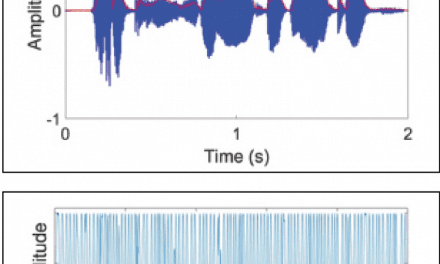More Canadian oil and gas workers in the drilling sector are showing signs of job-related hearing loss, according to a recent study from WorkSafeBC, The National Safety Council’s Safety + Health Magazine posted on its website.
Researchers looked at hearing test data collected by oil and gas employers from 2012 to 2017. They found that, despite an increase in workers reporting they wear hearing protection (to 98% from 94%), the percentage of workers with noise-induced hearing loss grew to 45 from 33.
Of the 294 workers affected, 66% were younger than 35.
“There are a number of reasons why workers may be diagnosed with noise-induced hearing loss even though they are wearing some form of hearing protection,” Sasha Brown, an occupational audiologist at WorkSafeBC, said in an August 22 press release. “The earplugs or earmuffs might be the wrong size, inserted or worn incorrectly, not worn for long enough, or they may not be providing enough protection for the duration and intensity of noise exposure.”
WorkSafeBC offers the following recommendations to employers:
- Ensure all at-risk workers wear sufficient hearing protection that fits, and that they understand how to properly wear it.
- Make sure workers insert or wear the correct hearing protection before entering a noisy environment, and wear it until they exit that location.
- Rotate workers to different positions to minimize their time in noisy environments.
- Identify potential engineering controls to mitigate risk of exposure.
- Ensure workers have their hearing tested and are aware of the results.
To assist employers and workers, WorkSafeBC has published a safety bulletin featuring an infographic on earplug insertion and online resources.
Each year, 22 million US workers face exposure to potentially damaging occupational noise, and employers spend an estimated $242 million on hearing loss disability, according to OSHA. The agency’s requirements for hearing protection are outlined in 29 CFR 1910.95.
Source: National Safety Council, Safety + Health Magazine, WorkSafeBC





